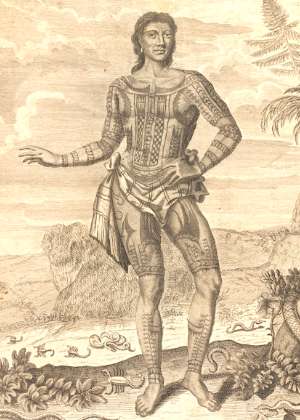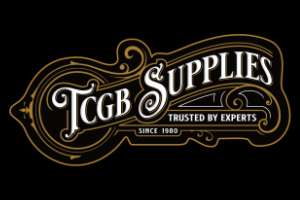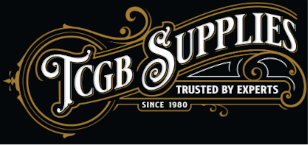Back to Top
October 11, 2011
123004

12 Tattoo Facts You Might Not Know
- In the years 1893-94, 1896-97 and 1898-1900 the Dutch government sponsored Dr Anton Nieuwenhuis in three expeditions to Borneo to study the Dayaks of Kalimantan (Borneo being at the time a part of the Dutch East Indies). And one hundred years later Henk Schiffmacher (aka Hanky Panky) tattoo artist - and lead singer of the rock band the Red Hot Chili Peppers Anthony Kiedis followed in Nieuwenhuis footsteps in their quest to discover the tattooing practices of the Dayak headhunters of the region. In which the pair wrote about in the book ‘De Grote Borneo Expeditie’.
- Its foundation stone was laid by the mayor of Dunstable M.L. Kilby on the 3rd of October 1963 and was officially opened by the mayor of London, C.James Harman on the 16th of April 1964. Originally named the Civic Hall (address Vernon Place) she later became the Queensway Hall, Dunstable. And from the second Tattoo Expo Convention of 1987 to the closing of the Hall in 1999, this venue played host to Britain’s premier tattooing and body art show.
- The first British Tattoo History museum was opened in 1983 and is housed in Oxford, England. A former butchers, then junk shop that was built in 1925. Address 389 Cowley Road, Oxford, England, OX4 2BS.
- Dick Hyland, billed himself as the human autograph and was tattooed from neck to foot with over six hundred names of friends and family who signed their name on Dick’s body, including that of William Randolph Hearst and Robert Leroy Ripley of the Ripley’s ‘Believe It Or Not' fame. Dick’s real name was Bernard Rothenburg.
- In the 1950’s Cleston Jenkins of Kentucky in the USA. Had the Christian names of his seven-divorced wives tattooed on his left upper arm.
- The tattoo club of Italy held its first tattoo convention on the 31st of March to the 2nd of April 1988 at the Porta Romana Theatra in Milano.
- In the early 1980s the British magazines ‘The Face’ and ‘Timeout’ ran full-page feature articles on the subject of facial tattoos. It wasn’t uncommon in the late 70’s and 80’s to see punk rockers then skinheads sporting tattooed faces in and around London, England.
- The Christian Tattoo Club and the tattooed Christian newsletter changed their name to the Needle and Ink society and its magazine (newsletter) to the Needle Ink Blotter in 1987. Wayne Gau is the secretary and editor of the club, which is based in Honolulu, Hawaii.
- The January 1988 edition of Tattoo International magazine published an obituary informing its membership that Surg-Cap’t R.W.B. Scutt, RN had passed on. Ronald Walter Babington Scutt was co-author of what many people in the tattooing profession consider to be the tattoo Bible ‘Skin Deep’ (published in 1974, with a revised edition in 1986 entitled ‘Art, Sex and Symbol). Scutt was a great fan to the art of tattooing, and his work in the Royal Navy as a dermatologist helped him to research the subject matter for his excellent book (Skin Deep). Born in 1916, Scutt spent his life in the Royal Navy and upon retirement, he worked for the Samaritans. Surg-Cap’t Scutt left a wife, two daughters and a son.
- Tattoo International Magazine is registered at the stationer’s hall, number 29822.
- 1987 saw a very well-received leaflet issued by the British Government titled ‘Aids, Guidelines for the Tattooist’. Starting with the wording, ‘No one has ever been known to catch the Aids virus from tattooing’. And a statement like this was a godsend to the many tattoo artists in the United Kingdom. Who had found business slowing down due to the virus and bad publicity about Aids from the tabloid newspapers. The leaflet eased many people’s fears about going to and getting tattooed and was very fair in its dealings on tattooing.
- Don Ed Hardy, can and will tattoo a complete back, rib, arm or chest piece over a few day period, much in the same way as one of his tattooing hero’s Sailor Jerry Collins used to. Perhaps the greatest compliment that can be said about Don Ed Hardy is that as well as being a truly gifted artist, writer and spokesman for the art of tattooing he is also the tattooers tattoo artist, with tattooists and fans a like travelling from all over the world just to be tattooed by him. And without a doubt, today’s tattooing world owes a great deal to this man. Ed has also gone by the names ‘Electric Eddie’ and ‘Don The Dog’ during his long career.
By Paul Sayce.
Copyright


